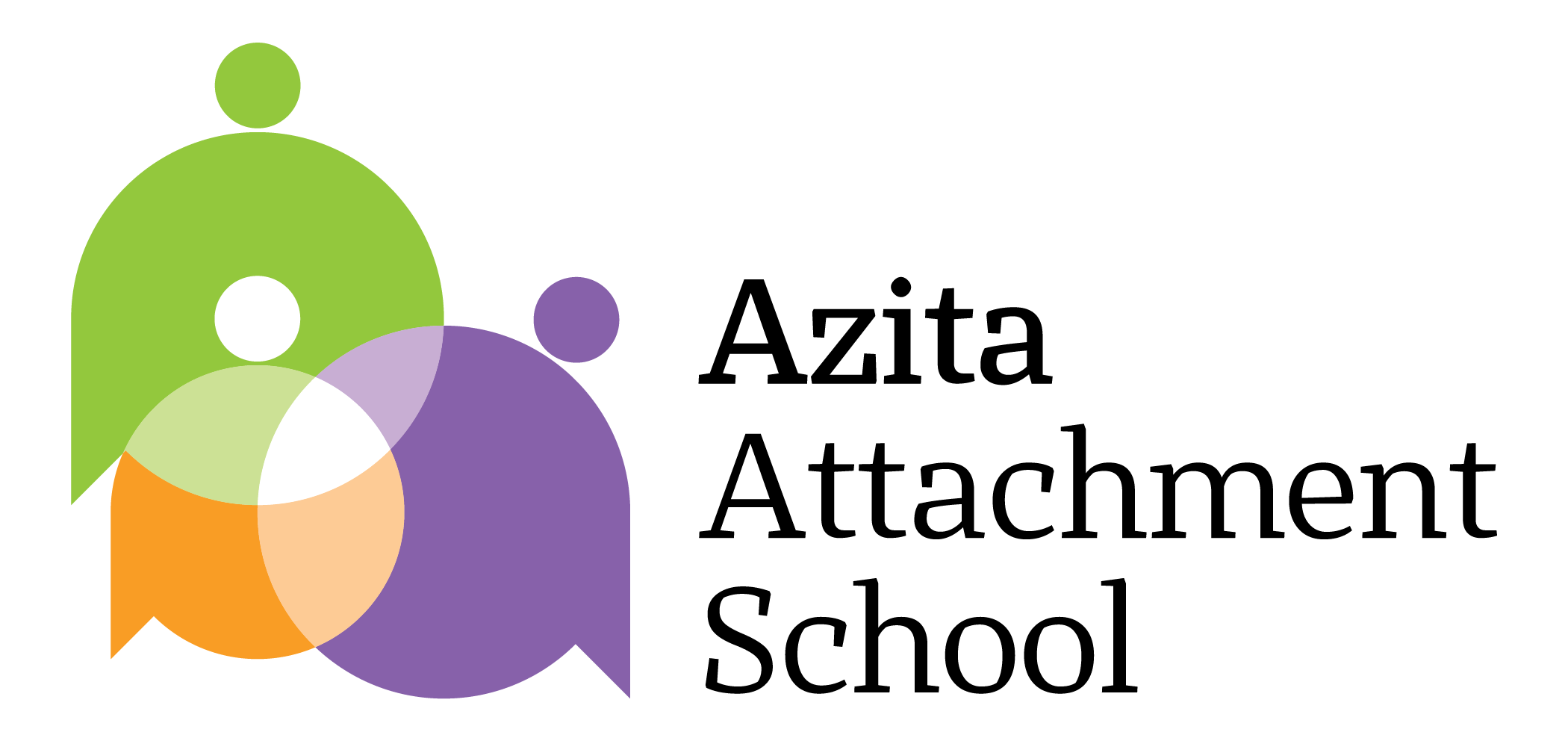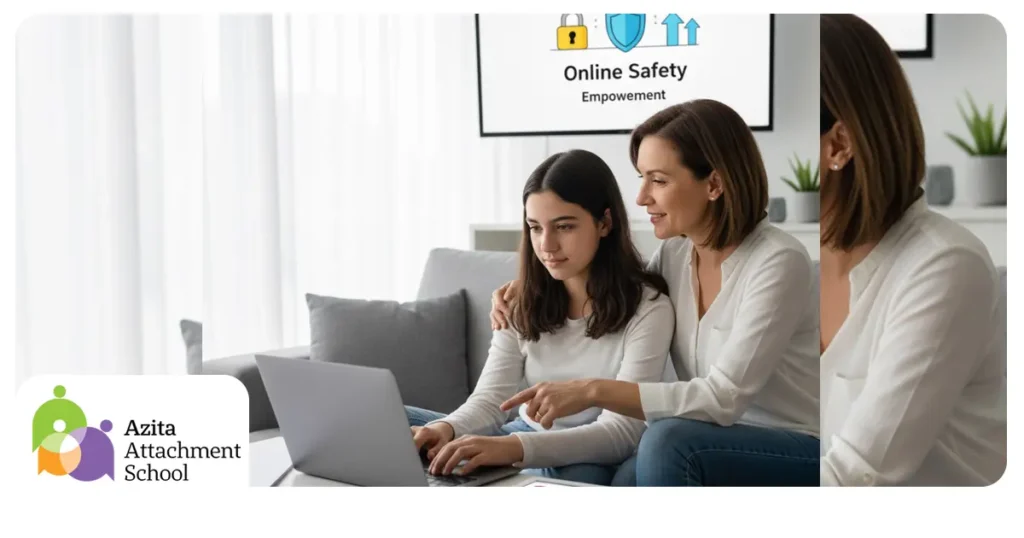Discover evidence-based strategies to protect teens online not through control, but through trust, dialogue, and emotional empowerment.
Introduction
For today’s teens, online life is real life.
They build friendships, identity, and belonging through screens and face risks like cyberbullying, comparison, and privacy loss.
Research shows that strict parental control often leads to secrecy, not safety.
Real digital safety comes from relationships, education, and empowerment.
Evidence from Research
- Frontiers in Psychology (2024): Warm parent–child bonds predict safer online behavior than parental monitoring.
- UNICEF (2023): Open conversations reduce online risk exposure by 45%.
- Pew Research (2024): 71% of teens say they’d share more if parents were less judgmental.
- Harvard Digital Wellness (2025): Empowerment-based parenting leads to lower anxiety and higher self-regulation.
Why Control Fails
- Teens crave autonomy.
- Fear breeds secrecy.
- Real safety = emotional regulation, not external monitoring.
From Control to Empowerment
Controlling Parenting | Empowering Parenting |
Restriction | Education |
Fear of danger | Awareness of risk |
Punishment | Reflection and repair |
Surveillance | Collaboration |
Attachment Perspective
In attachment theory, safety doesn’t mean zero risk; it means a secure base to return to after risk.
When a parent is emotionally available, the teen learns to self-protect.
“Control kills connection; trust sustains it.”
Case Study
Parsa, age 14:
His father caught him chatting with a stranger online and took his phone away.
The boy began hiding devices.
Through coaching, the father shifted to dialogue:
“I’m worried, not angry. Let’s talk about what happened.”
Gradually, trust replaced fear and safety returned.
Practical Steps for Parents
Replace judgment with curiosity.
Teach critical thinking “Why could this content be risky?”
Set mutual digital boundaries.
Model healthy screen use.
Educate about privacy and empathy online.
Coaching Framework
- Emotional Dialogue: Connect before correcting.
- Mutual Boundaries: Co-create digital rules.
- Gradual Trust: Build independence step by step.
Common Mistakes
- Sneak-checking phones.
- Using fear to motivate compliance.
- Comparing teens to others.
- Ignoring their social needs.
Neuroscience Insight
Teen brains seek dopamine-driven stimulation while prefrontal control is still developing.
Thus, parents serve as “external regulators” modeling calm, reasoning, and reflection until teens internalize those abilities.
Conclusion
Digital safety is not about isolation it’s about education and emotional resilience.
When parents lead with empathy, not fear, they raise teens who think critically, choose wisely, and stay connected both online and offline.
“Empowerment, not enforcement, keeps teens safe.”
References
- Frontiers in Psychology (2024). Parent–Adolescent Relationship and Online Safety.
- UNICEF (2023). Digital Literacy and Child Protection.
- Pew Research Center (2024). Teens and Digital Boundaries.
- Harvard Digital Wellness Report (2025). Empowerment over Control in Parenting.
- Circle of Security International (2021). Safe Base for Digital Age.


